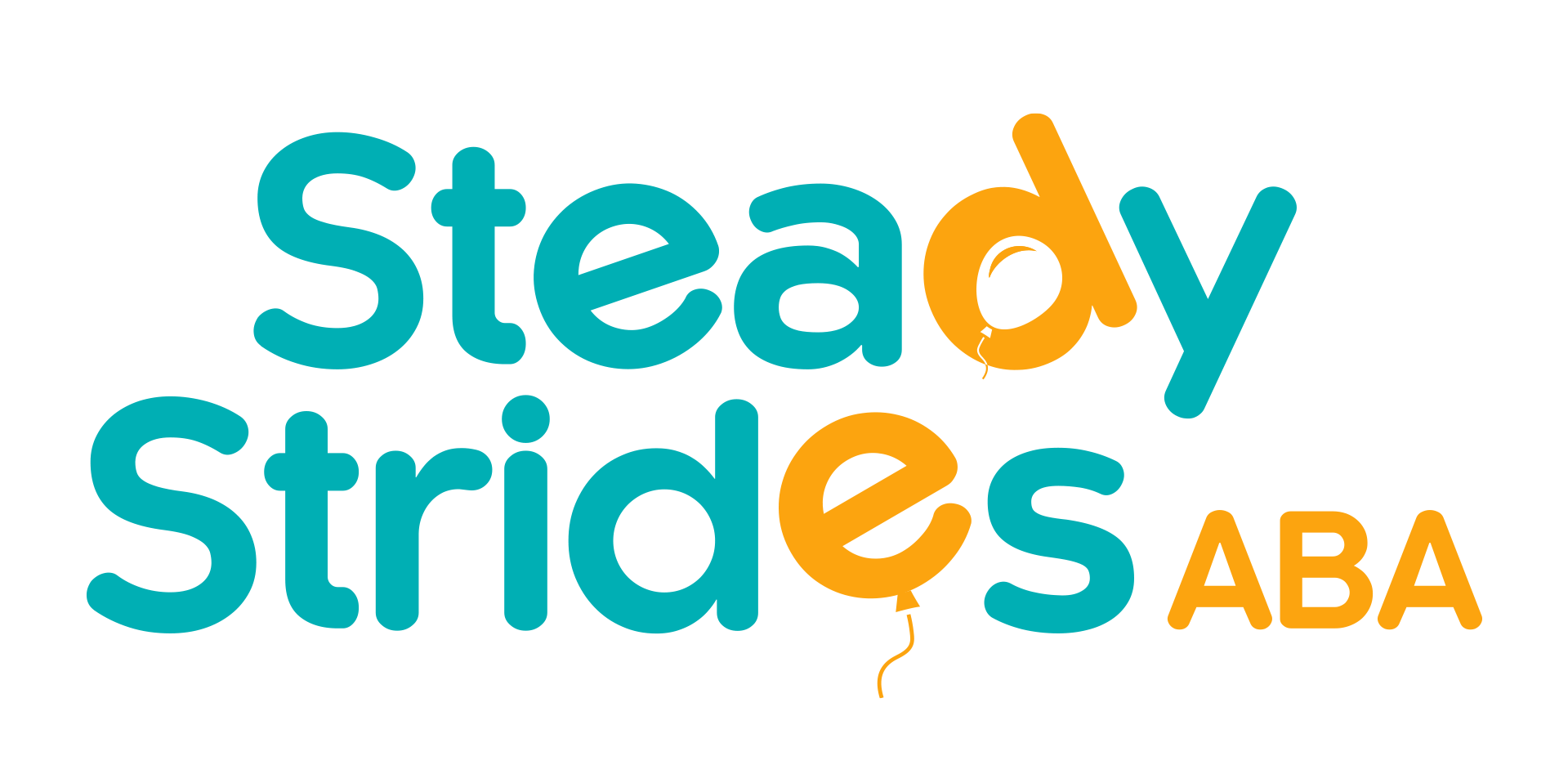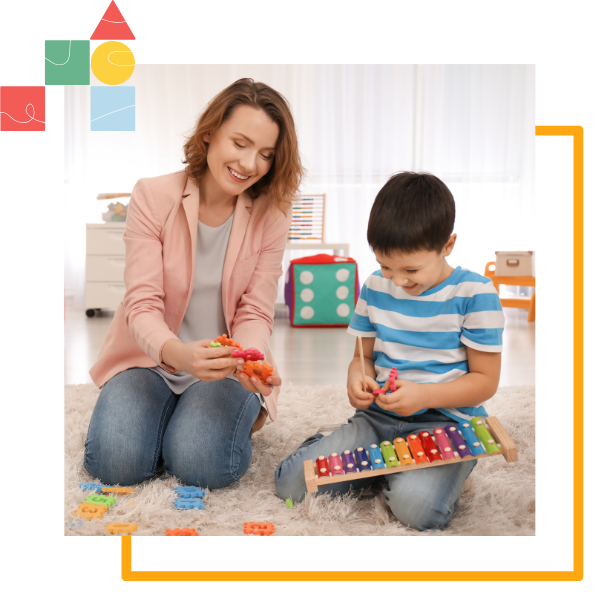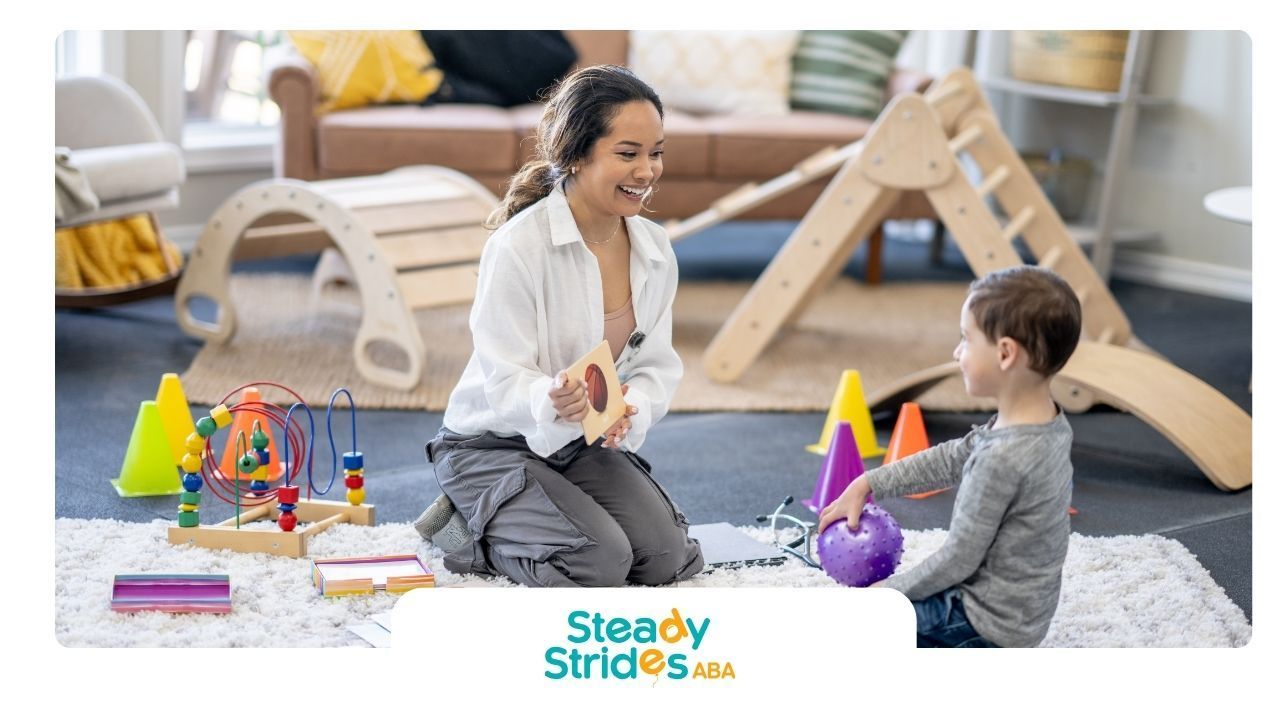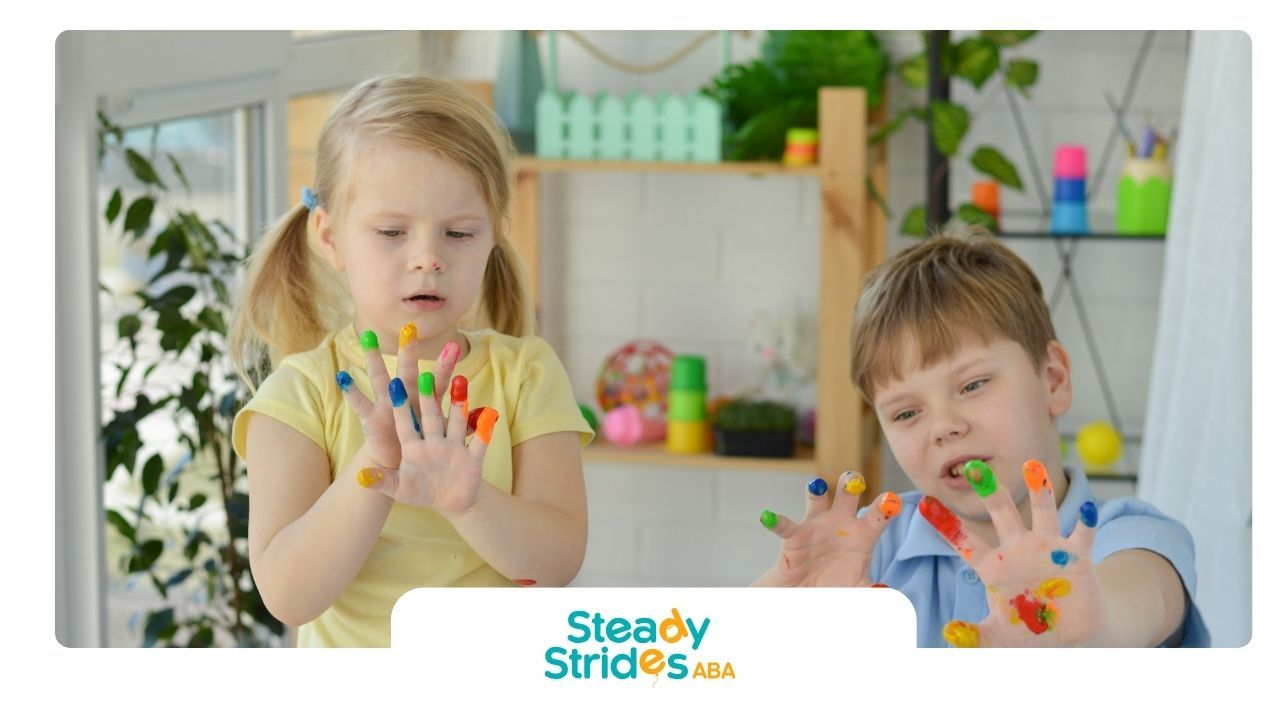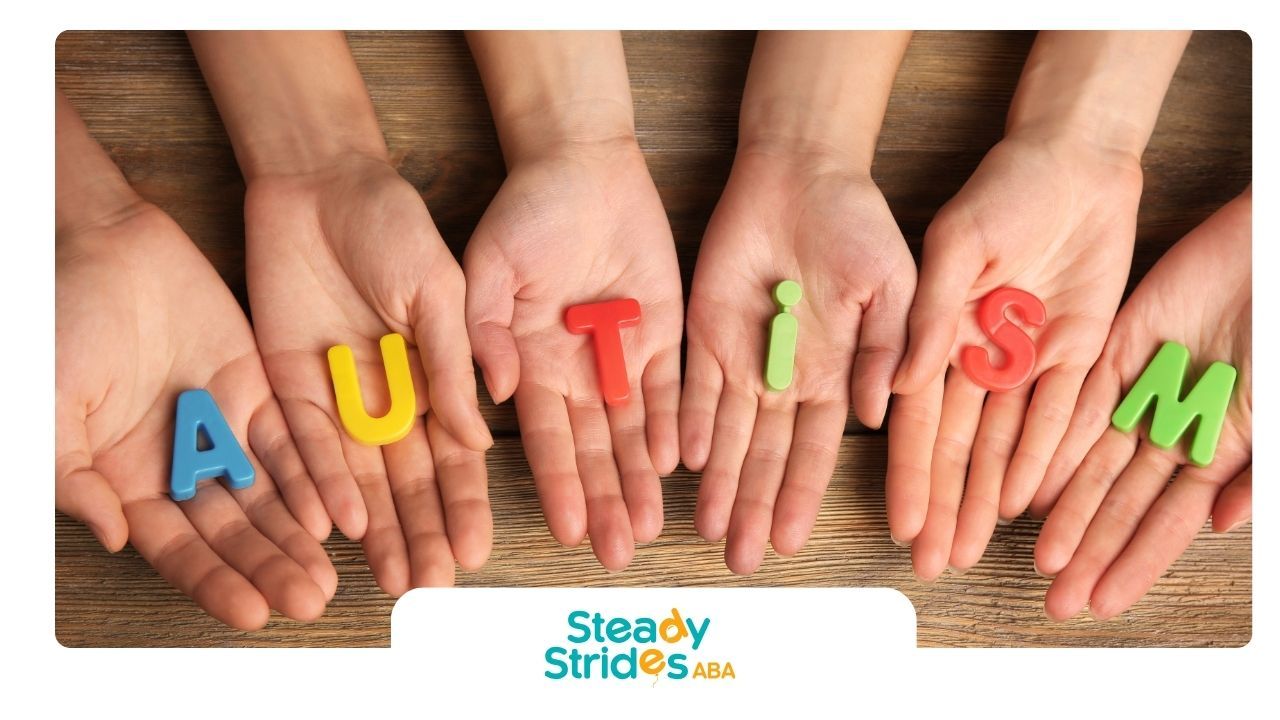Introduction
Applied Behavior Analysis (ABA) is one of the most effective therapies for children with Autism Spectrum Disorder (ASD), but the success of ABA therapy often depends on making the sessions engaging and fun. For parents, ABA therapists, and educators in Texas and beyond, knowing how to make an ABA session enjoyable not only improves the child’s experience but also enhances learning and behavior outcomes.
In this article, we’ll explore strategies, tips, and creative activities to make ABA therapy more engaging for children. Whether you’re a parent trying to make therapy at home more enjoyable or a therapist seeking new ways to keep your clients engaged, these strategies will help you create a fun, effective learning environment.
Why Making ABA Sessions Fun is Important
While ABA therapy focuses on teaching functional skills and modifying behavior, it’s crucial to incorporate fun into the process. Children with ASD often respond better when therapy is enjoyable and feels less like a task or chore. Fun sessions not only encourage participation but also promote learning and motivation.
The Benefits of Making ABA Sessions Fun:
• Increased engagement: Fun activities capture the child’s attention, helping them stay focused and participate in the learning process.
• Improved social interactions: Fun sessions encourage socialization, which is especially important for children with ASD who may struggle with communication and social skills.
• Better retention of skills: When therapy feels like play, children are more likely to remember and apply the skills they learn.
• Positive reinforcement: Creating a positive, fun environment helps motivate children to continue working toward their goals.
8 Strategies to Make an ABA Session Fun
Incorporating fun into ABA therapy doesn’t have to be complicated. Here are eight effective strategies to make your ABA sessions more engaging and enjoyable:
1. Incorporate Play-Based Learning
One of the best ways to make ABA therapy fun is to incorporate play-based learning into your sessions. Play not only makes learning enjoyable, but it also provides natural opportunities for practicing important skills like communication, social interactions, and problem-solving.
Examples of Play-Based Activities:
• Interactive games: Use board games, puzzles, or card games to teach concepts like turn-taking, following directions, or number recognition.
• Role-playing: Encourage the child to act out scenarios using toys or dolls, promoting imaginative play and social skills.
• Sensory play: Incorporate sensory activities like sand play, water play, or textured materials to provide a fun and engaging learning experience.
2. Use Preferred Toys or Interests
Every child has specific interests or favorite toys, and you can use these preferences to make the session more enjoyable. By incorporating a child’s interests, you create a more motivating environment that encourages participation.
How to Incorporate Interests:
• Favorite characters: Use toys or games based on the child’s favorite characters from TV shows, books, or movies to engage them.
• Favorite colors, animals, or themes: Tailor activities around a child’s preferences (e.g., using animal figurines or color-themed materials for learning).
3. Include Movement and Physical Activity
Children, especially those with ASD, often have high energy levels and may benefit from movement during sessions. Incorporating physical activities not only makes sessions more fun but can also help with focus and attention.
Movement-Based Activities:
• Obstacle courses: Create simple obstacle courses with tasks that require jumping, crawling, or balancing. These activities provide physical movement while reinforcing motor skills and following instructions.
• Dance and music: Play music and encourage dancing or clapping to rhythm to engage the child. Music is also effective in teaching timing and coordination.
• Interactive exercises: Incorporate activities that require the child to move around and perform tasks, like hopping to a specific area or throwing a ball to practice coordination.
4. Use Visual and Interactive Supports
Children with ASD often respond well to visual aids. Visual supports, such as pictures, charts, and visual timers, can make the learning process more fun and engaging.
Examples of Visual Supports:
• Visual schedules: Use a visual schedule to show the child the order of activities during the session, which can help reduce anxiety and increase participation.
• Colorful charts or flashcards: Use colorful and interactive charts to teach concepts like numbers, letters, or colors. Flashcards can also help with matching, labeling, and categorizing.
• Sticker charts: Offer stickers as rewards for completing tasks, turning learning into a game that promotes motivation and success.
5. Offer Choices and Control
Allowing children to make choices during ABA therapy can give them a sense of control, making the session feel less rigid. Offering choices helps promote independence and decision-making, which can be both fun and empowering for the child.
Ways to Incorporate Choices:
• Activity selection: Let the child choose between different activities or games, giving them the freedom to pick what they enjoy most.
• Task choices: Provide options for tasks, such as choosing between two colors of markers or selecting which toy to play with.
• Reward selection: Allow the child to choose their own rewards or incentives, which could be a favorite toy, extra playtime, or a snack.
6. Use Positive Reinforcement
Reinforcement is a key part of ABA therapy, and it’s important to make the reinforcement process enjoyable. Positive reinforcement, such as praise, rewards, or special activities, can increase motivation and make sessions more fun.
Types of Reinforcement:
• Praise and encouragement: Offer verbal praise, high-fives, or hugs for completing tasks or following directions. Positive feedback helps reinforce good behavior.
• Tangibles or tokens: Use tangible rewards like toys or treats, or implement token systems that allow children to earn a reward after completing tasks.
• Special privileges: Offer special privileges, such as extra time with a favorite toy or an activity, as a reward for accomplishments.
7. Make Learning Social and Collaborative
Social interactions and peer-based learning are important for children with ASD, and they can be incorporated into fun ABA sessions. Collaborative activities foster communication, cooperation, and social skills.
Social and Collaborative Activities:
• Group activities: If possible, include peers in therapy sessions. Group activities like cooperative games or team-based challenges promote social interaction.
• Role-playing: Role-playing scenarios help children practice social skills and emotional understanding in a fun and engaging way.
• Turn-taking games: Use games that involve taking turns, such as board games or interactive toy activities, to practice patience and social interaction.
8. Keep Sessions Short and Engaging
Children with ASD may have shorter attention spans, especially during therapy. Keeping sessions short, dynamic, and engaging is key to ensuring that the child stays motivated and enjoys the experience.
Session Tips:
• Break sessions into segments: Divide therapy into manageable chunks of time with varied activities, ensuring the child doesn’t become overwhelmed or bored.
• Rotate tasks: Mix up the tasks during the session to keep things interesting and stimulating. For example, alternate between sensory play, structured tasks, and free play.
• Use a timer: Use a timer to create a sense of urgency and provide a clear endpoint for activities, helping maintain focus and attention.
Conclusion
Making ABA sessions fun is essential for maintaining the child’s interest and engagement in therapy. By incorporating play-based learning, visual supports, movement, and positive reinforcement, you can create an environment where children are excited to participate and learn. Whether you’re a parent, ABA therapist, or educator in Texas, these strategies can help enhance the effectiveness of ABA therapy while making it a more enjoyable experience for everyone involved.
Fun ABA sessions not only contribute to skill development but also create positive associations with therapy, making it something children look forward to. With the right approach, you can ensure that therapy becomes a productive, enjoyable, and rewarding part of the child’s routine.
Frequently Asked Questions
How can I make ABA therapy more engaging for my child?
Incorporate play-based activities, use the child’s interests, and provide opportunities for movement and physical activity. Offering choices, using visual supports, and implementing positive reinforcement can also help make therapy more fun and engaging.
Can I make an ABA session fun at home?
Yes! As a parent, you can use the same strategies used by therapists, such as incorporating sensory play, interactive games, and structured yet fun activities. Choose activities that align with your child’s interests to make the session enjoyable.
How important is it to make ABA sessions fun?
Making ABA sessions fun is crucial for maintaining the child’s attention, promoting engagement, and improving the overall effectiveness of the therapy. When therapy is enjoyable, children are more likely to retain information and develop skills.
SOURCES:
https://www.nidcd.nih.gov/health/autism-spectrum-disorder-communication-problems-children
https://www.parents.com/positive-reinforcement-examples-8619283
https://www.autismspeaks.org/blog/10-sensory-activities-for-autism
https://www.autismparentingmagazine.com/best-autism-board-games/
https://reframingautism.org.au/social-skills-turn-taking-and-board-games/
